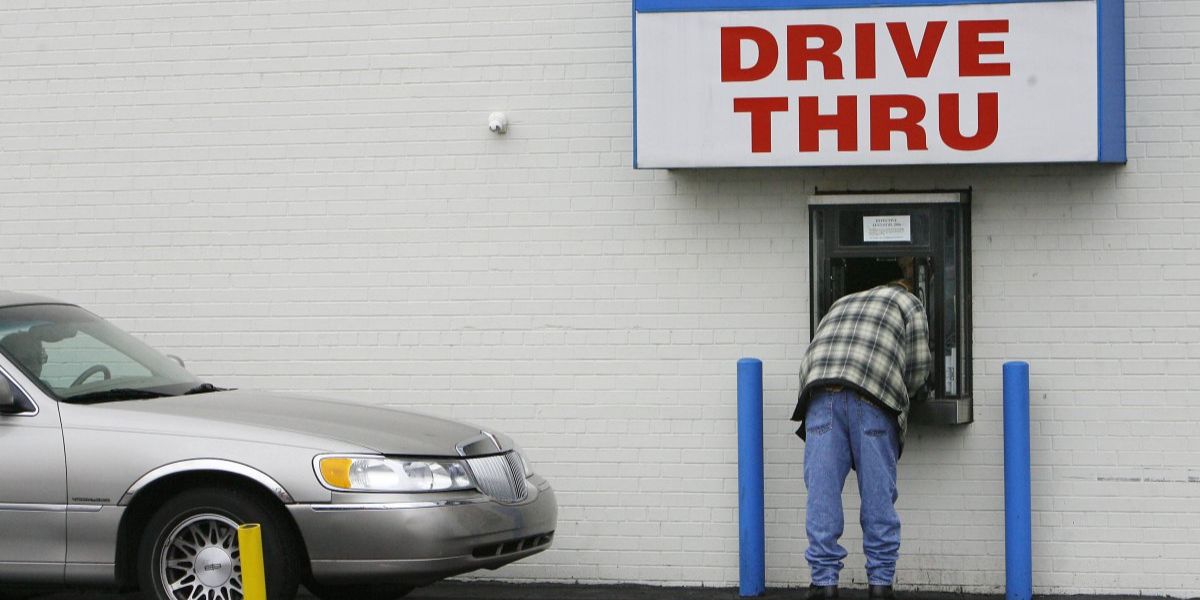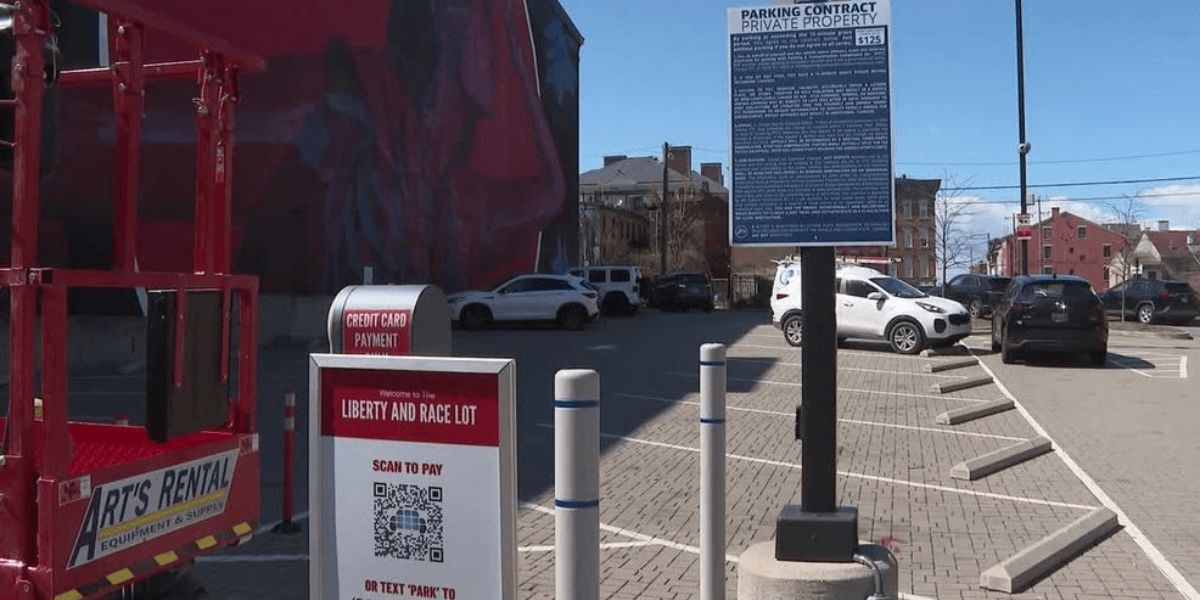Millions of Texans were urged to reduce emissions on Tuesday after officials issued an air quality alert for the Houston area.
The alert came from the Texas Commission on Environmental Quality (TCEQ), which advised residents to avoid drive-thru lanes and limit vehicle use.
Why It Matters
The U.S. Environmental Protection Agency (EPA) notes that even short-term exposure to elevated ozone can lead to breathing difficulties, lung inflammation, and worsening of conditions such as asthma.
Long-term exposure to ozone is associated with permanent lung damage and increased risk of respiratory infections.
The alert applies to a region with more than 2 million residents.
What To Know
According to the official alert published by the National Weather Service (NWS), “atmospheric conditions are expected to be favorable for producing high levels of ozone air pollution” on Tuesday.
Residents were advised to limit driving and reduce emissions-generating activities like idling in drive-thru lanes.
Sharing a ride, walking, taking lunch to work, and keeping vehicles properly tuned were other ways the alert suggested residents in the affected area could help prevent ozone pollution.
The warning covered the Houston, Galveston, and Brazoria area.
The Texas Commission on Environmental Quality—the environmental agency for the state of Texas—oversees air quality monitoring across the state and issues advisories when pollution levels pose a public health risk.
TCEQ works in coordination with federal agencies, local governments and community partners to monitor emissions, enforce environmental regulations, and develop plans to meet air quality standards.
The agency also promotes voluntary efforts to reduce emissions on ozone action days.
Ozone, a major component of smog, forms when sunlight triggers a reaction between nitrogen oxides and volatile organic compounds—both commonly emitted by vehicles, industrial facilities, and power plants.
What People Are Saying
AccuWeather meteorologist Elizabeth Danco told Newsweek: “There is an area of surface high pressure to the east of the Houston area promoting dry and warm conditions as well as light winds creating an environment of stagnant air which allows more ozone pollutants to form.
“Weather conditions play a big role in air quality. When high pressure is the main weather feature promoting dry conditions and sunshine it can cause ozone levels to increase. Wind speeds also play a big role as light winds can result in pollutants to concentrate in an area while higher wind speeds can cause pollutants to disperse impacting a wider area.”
The Texas Commission on Environmental Quality says on its website: “Each day during ozone season (roughly March through November in Texas), Ozone Action Day forecasts are made for nine participating metropolitan areas (Austin, Beaumont-Port Arthur, Corpus Christi, Dallas-Fort Worth, El Paso, Houston, San Antonio, Tyler-Longview, and Victoria).
“TCEQ informs the public typically a day in advance when conditions are forecast to be favorable for high ozone levels in any of the participating areas so citizens, businesses, and industry can take steps to reduce the pollutants that contribute to ozone formation.”
What Happens Next
Texans can monitor current and forecasted air quality conditions via TCEQ’s air monitoring network and subscribe to near real-time updates.
Public health agencies continue to stress proactive steps to reduce emissions and protect vulnerable populations on high-risk days.







